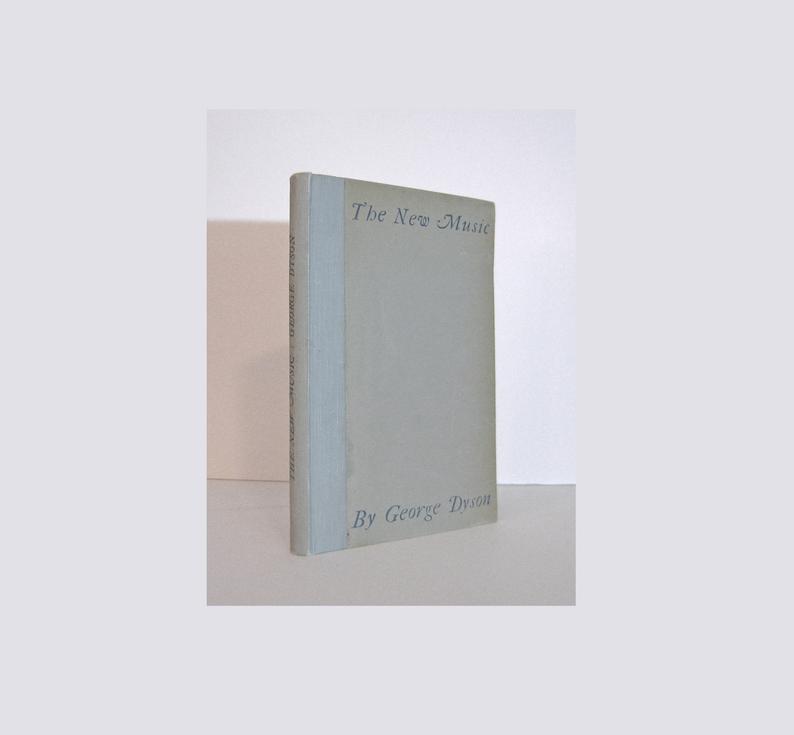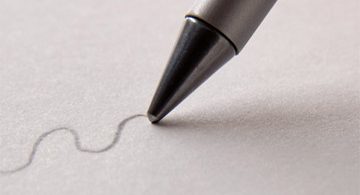This book comprises an articulate and informed contemporary analysis of “The New Music” by renowned Composer Sir George Dyson. Illustrated with examples of the music under discussion. This is the First Edition. sir george dyson (1883 – 1964) was a noted British composer and musician, as well as a professor of composition at the Royal College of Music. His musical productions include symphonies, concertos, choral works, and numerous liturgical works for the Church of England. Dyson was the father of physicist/mathematician Freeman Dyson. The book here offered is an entertaining and brilliant, if opinionated, study of the state of musical composition in the first quarter of the twentieth century. Calling on the great works of the past, Dyson analyses the structure and direction of works by such composers as Schnberg, Berlioz, Elgar, Holst, and Stravinsky, to name a few major lights. It is clear that Dyson’s heart was for the past, and there is a sharp worrying of the direction the “New Music” was taking, with its use of atonality and inventive structures. Please scroll down to read a few brief excerpts from the book. title : The New Music author : George Dyson (1883 – 1964) imprint : Oxford Univeristy Press [Printer: Humphrey Milford] place : London date : 1924 edition : First Edition Trade Hardcover; has a decorated title page; contains music examples; has an index; 152 pages; approximately 5 1/2″ x 8 1/2″ ; gray boards with pale blue cloth spine title, etc. lettered in dark blue on spine and front board; table of contents Questions of Perspective Melody and Rhythm Texture: ……. The Expansion of Tradition ……. Multiple Tonality ……. Chromaticism The Problem of Architecture Index to Composers condition Clean and presentable with the following imperfections noted boards : Slight bend to front board near head (not egregious and just-barely-there) – moderate surface rub , mild smudging and small spotting – discoloration along intersection of board and cloth from glue used in construction – mild weathering along board edges, including a bit of off-set toning along the edge of rear board – board edges exhibit various small dings and dents- corner tips are softly bumped (slight splitting to paper over the tip on the rear bottom corner) spine : Slight compression to extremities,- a bitof abrasion to foot and fraying to head – surface a bit smudged or use-darkened hinges / binding : Solid – it is obvious that the book has been read, the leaves open widely, but none are detached or loose, and the integrity of the binding is not compromised text-block edges : Toned else clean and unmarked end papers : Off-set toning to rep, else clean dated signature of previous owner in pencil on front fly-leaf interior : i spotted a number of pencil erasures along some margins – these are barely perceptible – else clean and presentable with modest signs of use dust-jacket : None present a nice solid copy. Here are brief, but delicious, excerpts from his book wherein he examines and – really – struggles to understand the work of Stravinsky: “The technical address of Stravinsky is beyond all question. There is nothing in the actual handling of musical apparatus that presents the slightest uncertainty to him. His originality and his ingenuity are alike phenomenal, and he has had a marked effect on the technique of his time. There is also much in his work which is, by any unprejudiced standard, both new and beautiful. For the moment let us forget such aberrations as the ‘Chinese March’ in ‘Le Rossignol’. Similar grotesques find a place in many of his works, and for them he can advance the excuse of the theatre. It seems now to be an accepted maxim that if there is oddity on the stage there must be horse-play in the orchestra. It is in the pure music that the issue is clearer. There may be in the literal ‘Histoire du Soldat’ a vulgarity equal to that of the music. But there are the little piano pieces, which not even Stravinsky’s most ardent disciples can defend without a twinge. “There are the ‘Three Pieces for String Quartet’. One quotation from these latter has already been given (Ex. 89). Here is another [see the second image of a page spread, shown above]. Now if this type of passage has any proper place in the art of the string quartet, then the end is near. It is not here a question of a new idiom, or of an unfamiliar arrangement or concentration of ideas. There are no ideas, musically speaking. It is neither melody, nor rhythm, nor part-writing, nor harmony. It is just so much noise. The notes are recognizable, but then notation alone insures so much. “It is perhaps not altogether an unmixed tragedy that our notation has its limits. And the players are not yet invited to play on the other side of the bridge. This privilege may still await them, however, for Stravinsky does already go so far, in this particular movement, as to ask the second violin and viola, with a view to a special effect, to hold their instruments the other way up, ‘like a violincello’. As it stands, this example, which is not so noticeably out of character in its setting, consists of the orchestral tricks of the ‘Chinese March’, arranged for a string quartet, with the tune left out. “The real conundrum is what Stravinsky himself thinks of these foibles. That he is serious is to be presumed, because his associates pay him the flattery of an imitation which is at least sincere to that extent. But if this is so, then there is no escape from the suspicion that Stravinsky is, to put it mildly, not over-scrupulous in the use of his material means. Or is his sensitiveness inherently patchy and intermittent? Is ‘Petrouchka’ a lucky accident, as it were, a pantomime that happens to suit his irresponsible high spirits? The wildest hammering must occasionally hit the nail on the head. Are Stravinsky’s beautiful and convincing moments only the occasional successes of an unbridled fancy? “The alternative that he is sometimes deliberately hoodwinking his public is just as unsatisfactory, and more difficult to believe. There appears to be only one other possible explanation, and we must leave the reader to make his own choice. ‘Sir’, said Dr. Johnson, ‘a man might write such stuff for ever if he would abandon his mind to it’, ” Sir George was right to be worried. He understood that the world was irrevocably changing, including its music. This is an important critical text within the history of music. – The Problem of Architecture
You may also like
Stadium Blanket embroidered blanket sweatshirt blanket
This stadium blanket is the softest thing you will ever feel! If you are a sports mom and need to...
Animal print knit dress green dress. Maxi jersey woman.
Unique size, animalprint.
Inkless Pen
inkless pen: Made of anodized aluminium’, “smooth feeling, doesn’t smudge: Lays...
Gift for College Teacher Professor Gifts Teachers Thank
Gift for College Teacher – Professor Gifts – Teachers Thank You Personalized End of...
Pet Wrap – Personalised Pet Gift Wrap
Never settle for rubbish generic supermarket wrapping paper again. We’ll print you your very...
100 Movies Scratch Poster
Stop staring mindlessly at Netflix documentaries and start working your way through the 100 Movies...
Two TALL 42 Rustic Floor Vases/Wooden Vases/Home
Item: This listing is for a set of two wide floor vases, at 42″ tall size: Outer width is...
Silver Sterling/9ct Rose Gold Minimalist Earrings Handmade
Handmade dainty minimalist Silver Sterling earrings part of the Abstract Jewellery Collection. The...
Panda mask / DIY Papercraft Panda / Origami Digital Download /
Tags: Low Poly 3d Origami diy mask Papercraft pattern Pepakura template Panda mask diy Paper 3d Art...
Extendable Chinese Tai Chi Sword
? Design? PhysCool Premium Extendable Taichi Sword is made for Tai Chi enthusiasts, especially for...
Shapes of Pittsburgh, Fine Art Print by Yoni Alter
Our Fine Art Prints stay true to our artist’s original vision as we commit ourselves to the...
Raw emerald gemstone solitaire ring sterling silver 14k
Deep green 7mm raw natural emerald supports long lasting love. Rings are made of unique raw stones...










